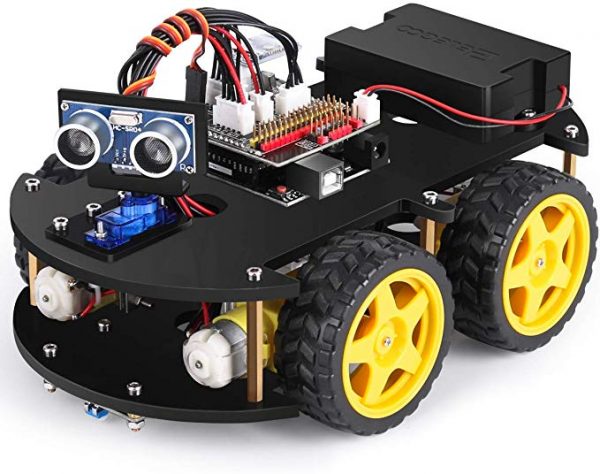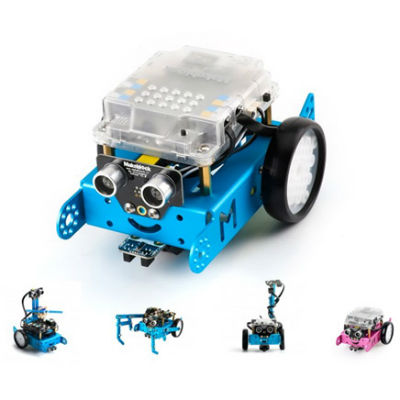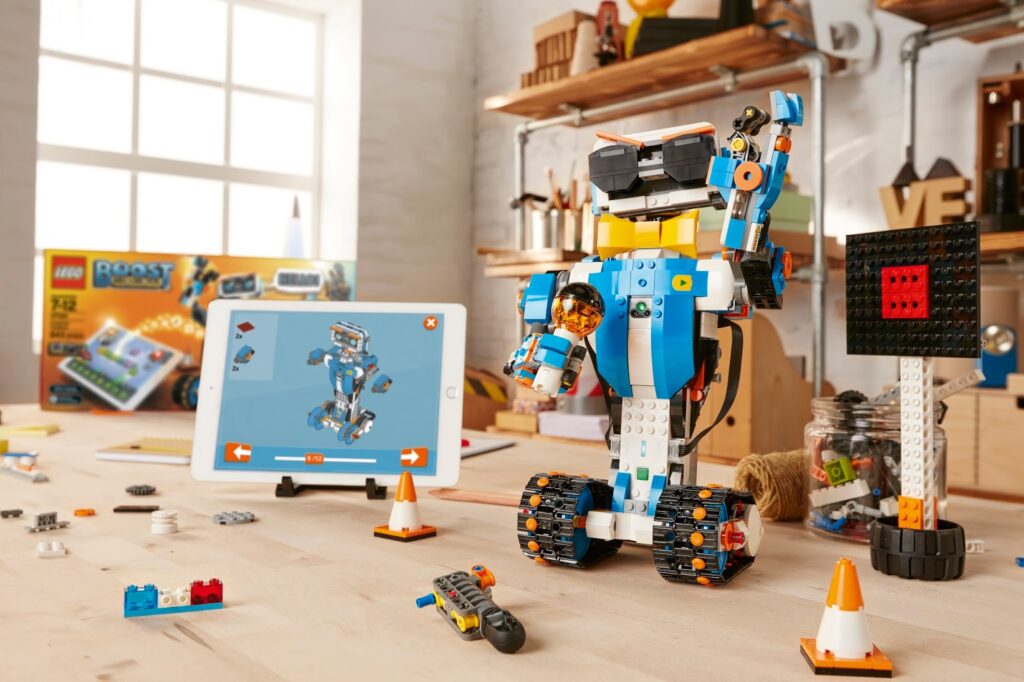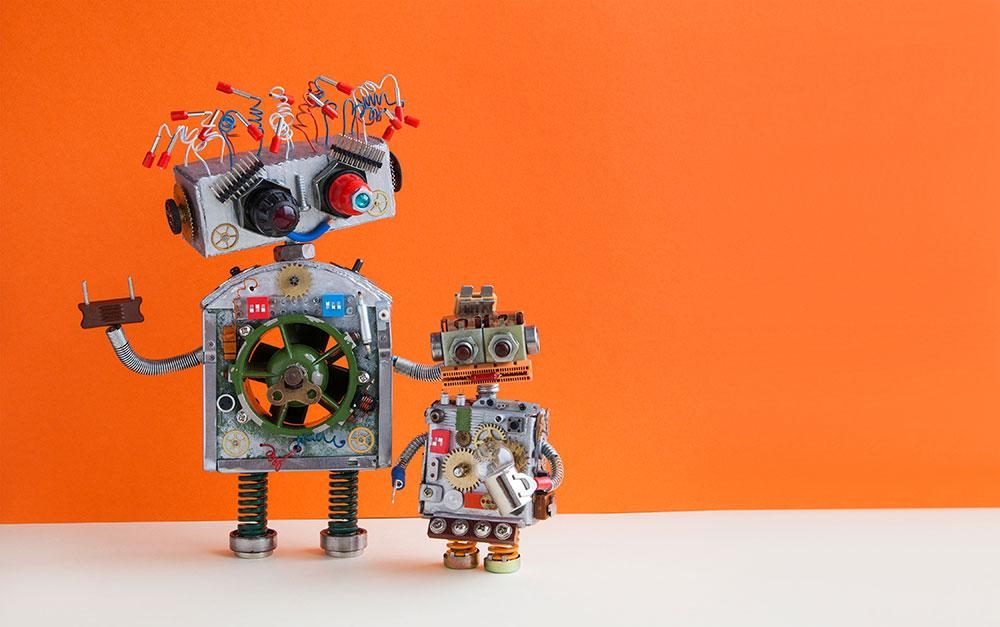Robotics
At Be the Engineer, we are determined to ensure that we teach our kids from an early age on how robots work and how to build them.
Our session aim to equip the kids with creative mindset and allow them to explore ways in which robotic can be applied in their daily lives.




What is robotics?
The design, manufacture, coding, and use of robots are all part of the technological and engineering field known as robotics. A robot is a physical or digital machine that may be programmed to carry out tasks on its own or with human guidance. To build devices that can interact with the physical world, robotics incorporates a number of disciplines including computer science, electrical engineering, mechanical engineering, and artificial intelligence.
Robots can take many diverse shapes, from human-like humanoid robots to industrial robots used in manufacturing processes. They can be made to perform specialized jobs, such constructing things, exploring dangerous places, or assisting in numerous sectors.
The field of robotics involves several key components:
- Mechanical Design: This entails creating the robot’s external framework while taking into account its size, shape, materials, and mobility. The mechanical layout dictates how the robot functions and engages with its surroundings.’
- Electronics and electrical engineering are necessary for the powering and motion control of robots’ internal components. Circuits, sensors, actuators, and other electronic parts are designed by electrical engineers so that the robot can detect its environment and carry out its tasks.
- Computer science and programming: A key component of robotics is programming. Robots can process sensory data, make judgments, and complete tasks because they are controlled by software. To create the logic and behavior, programmers employ algorithms and programming languages.
- Actuators and sensors: Actuators and sensors help robots sense and comprehend their surroundings. They might have touch sensors, microphones, cameras, and more. Robots are able to move and interact with objects thanks to actuators like motors and servos.
- Artificial intelligence (AI): AI is crucial for cutting-edge robotics. In order to learn from data, adapt to shifting settings, and make wise decisions, algorithms and strategies must be developed. AI enables robots to carry out difficult tasks, communicate with people, and even behave like people.
Manufacturing, healthcare, agriculture, space exploration, education, and entertainment are a few of the industries where robotics is used. As technology develops, this interdisciplinary subject continues to expand as academics and engineers push the limits of what robots are capable of.
Be the Engineer 2023
Wonderful NicDark WP Theme

